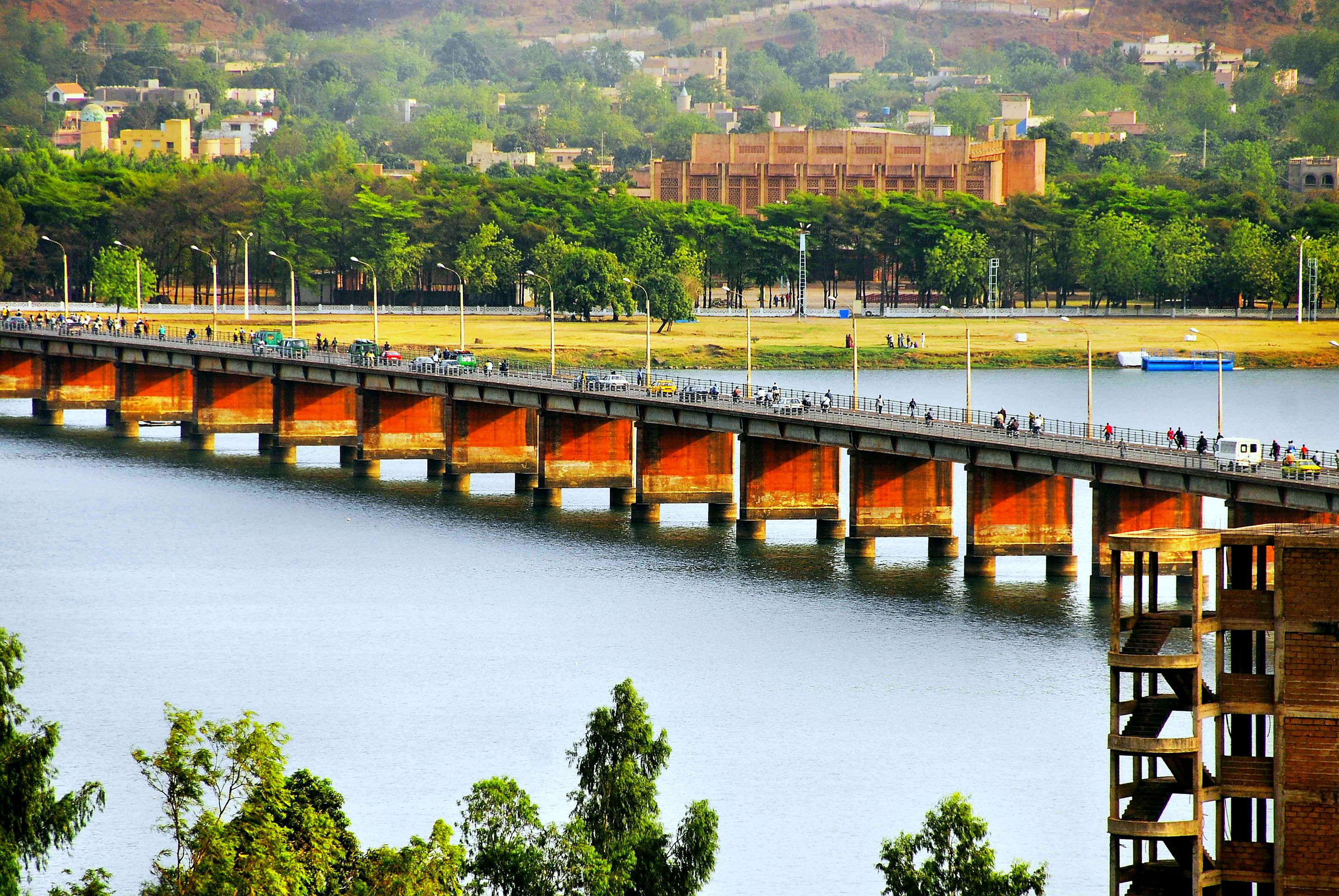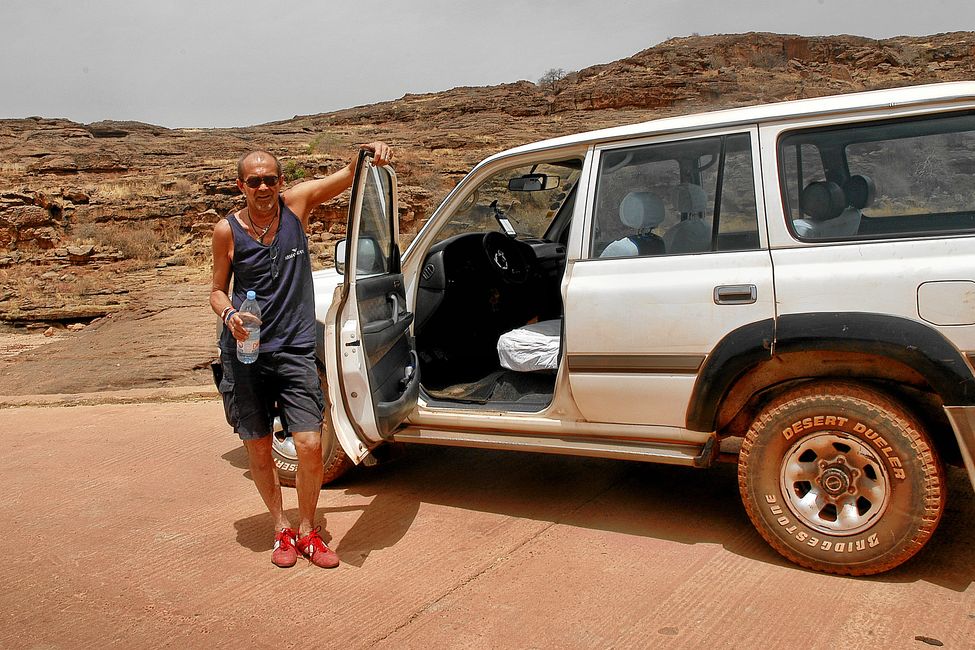Djenné, the city of clay, a cultural heritage in Mali
Გამოქვეყნდა: 18.11.2022
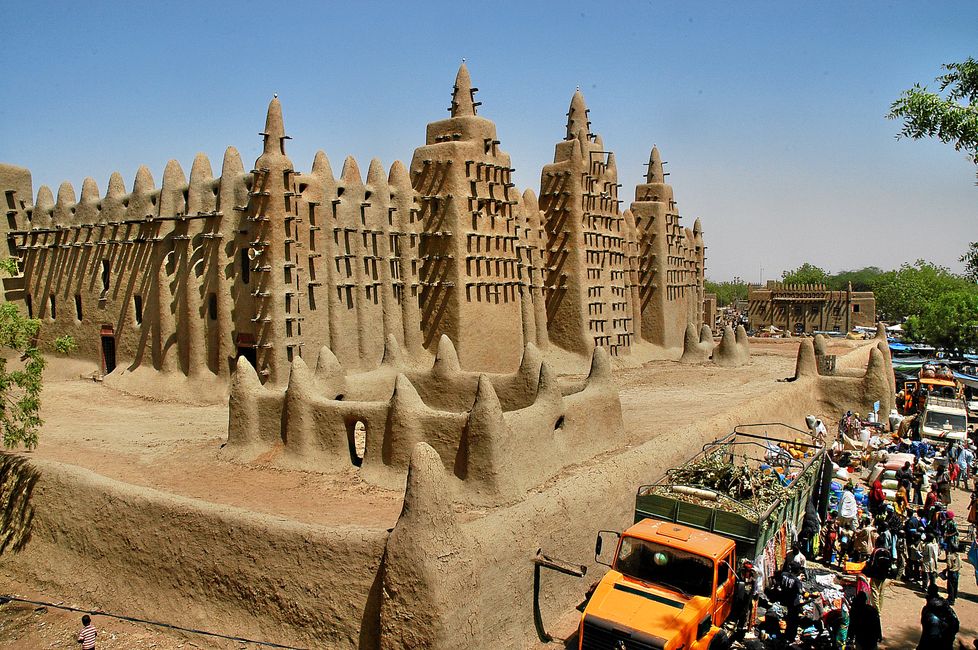
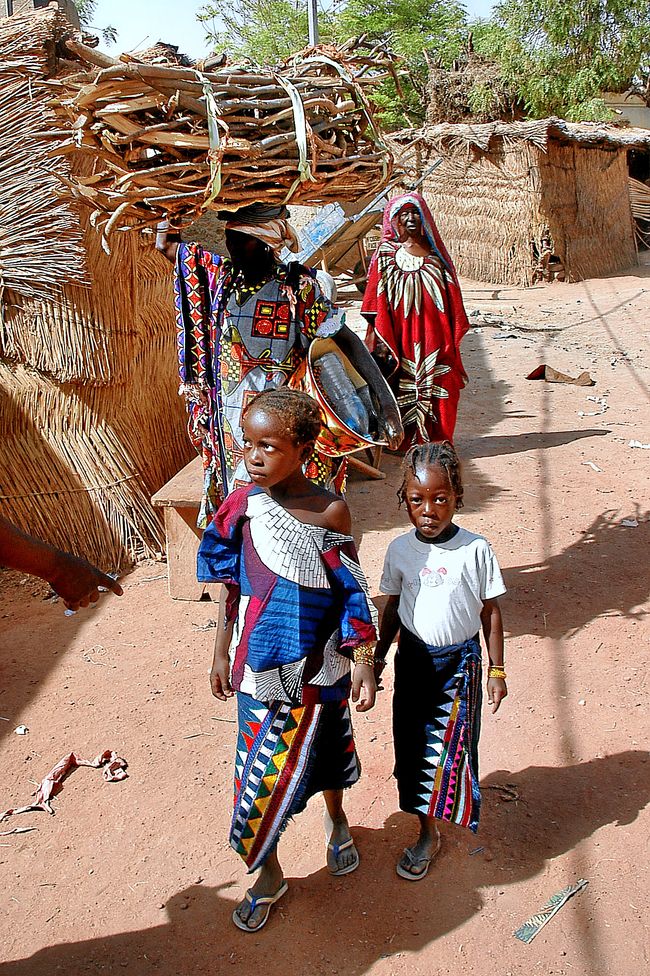
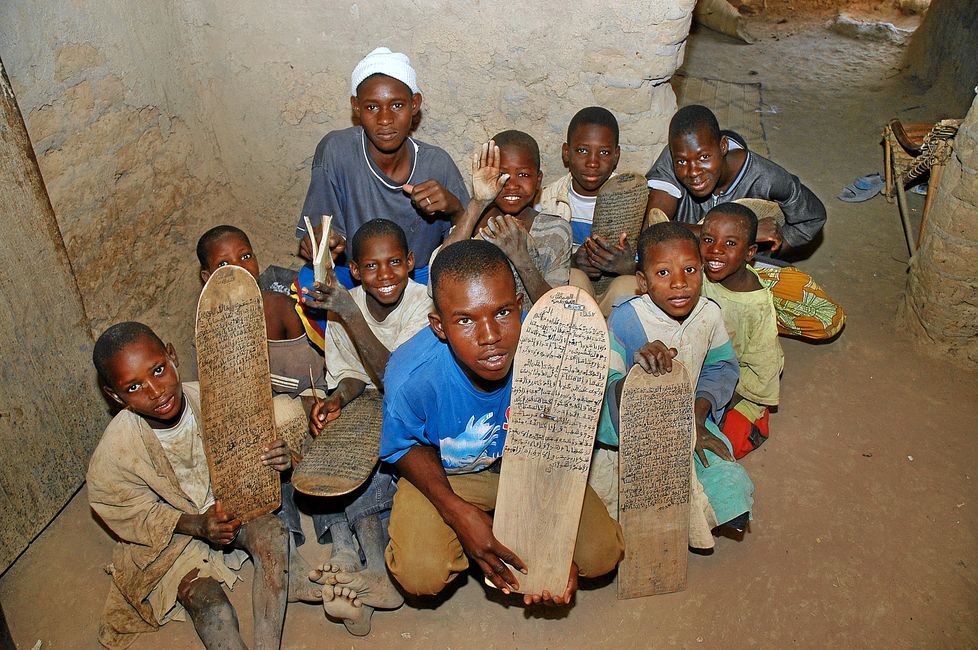
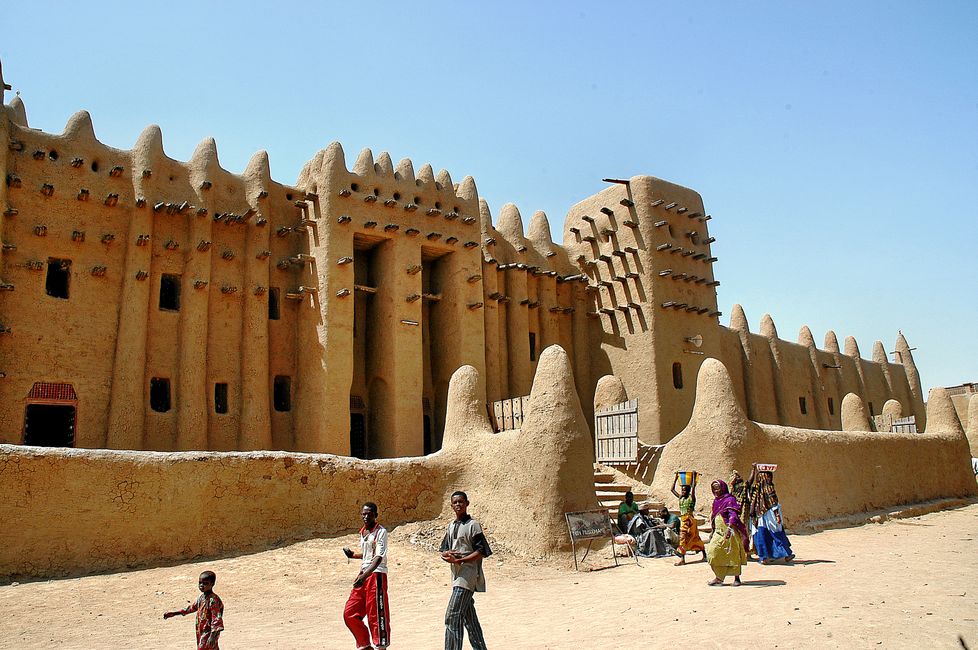
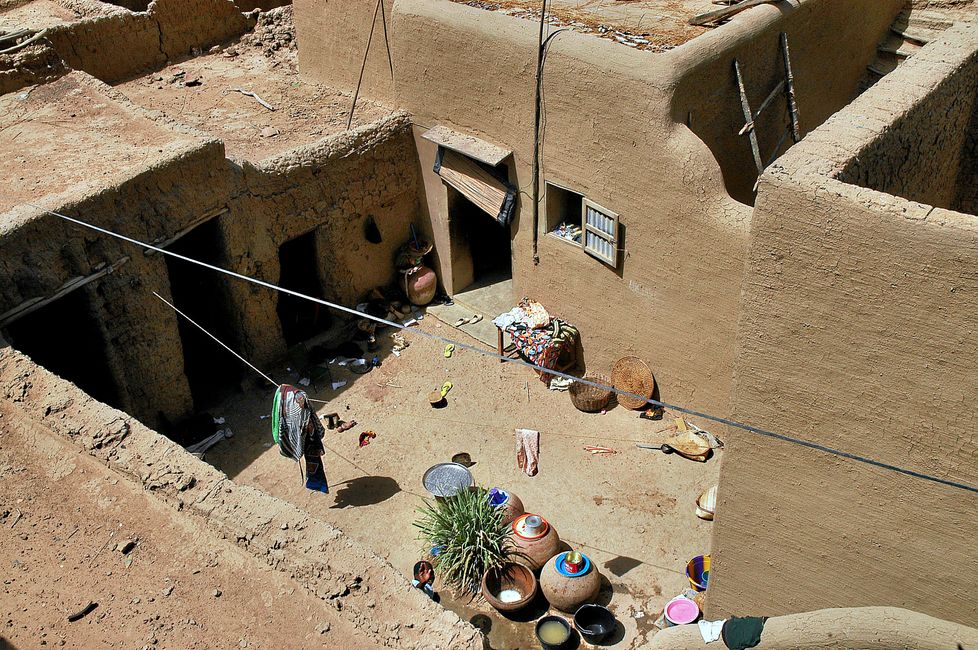
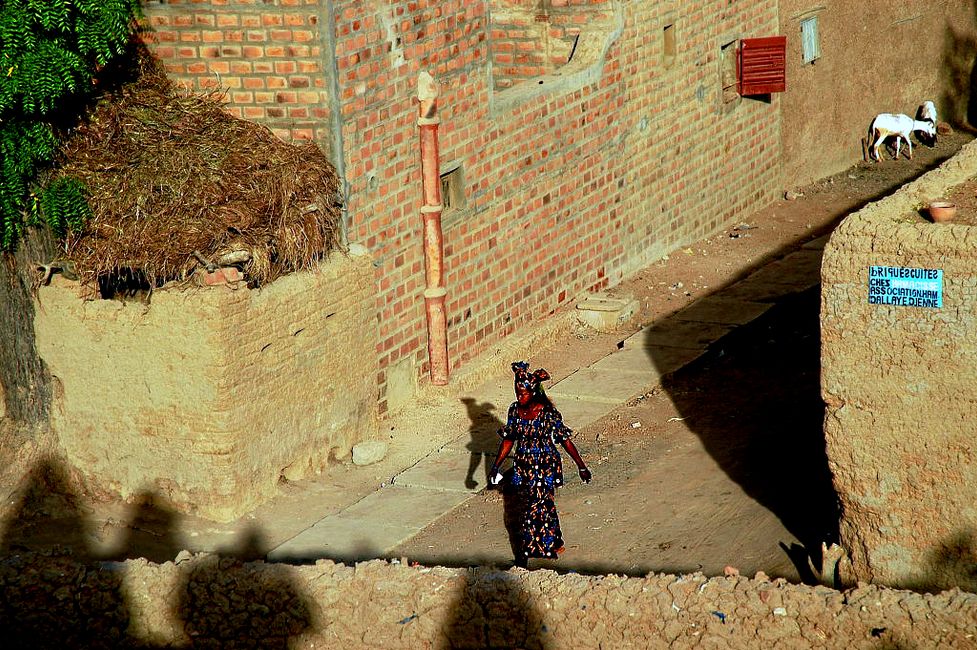
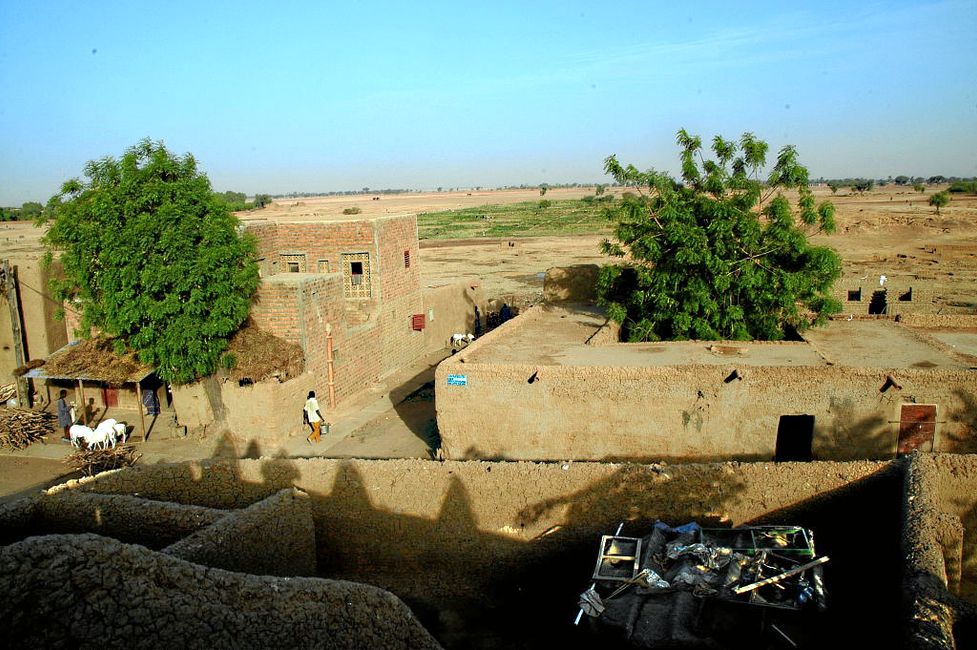
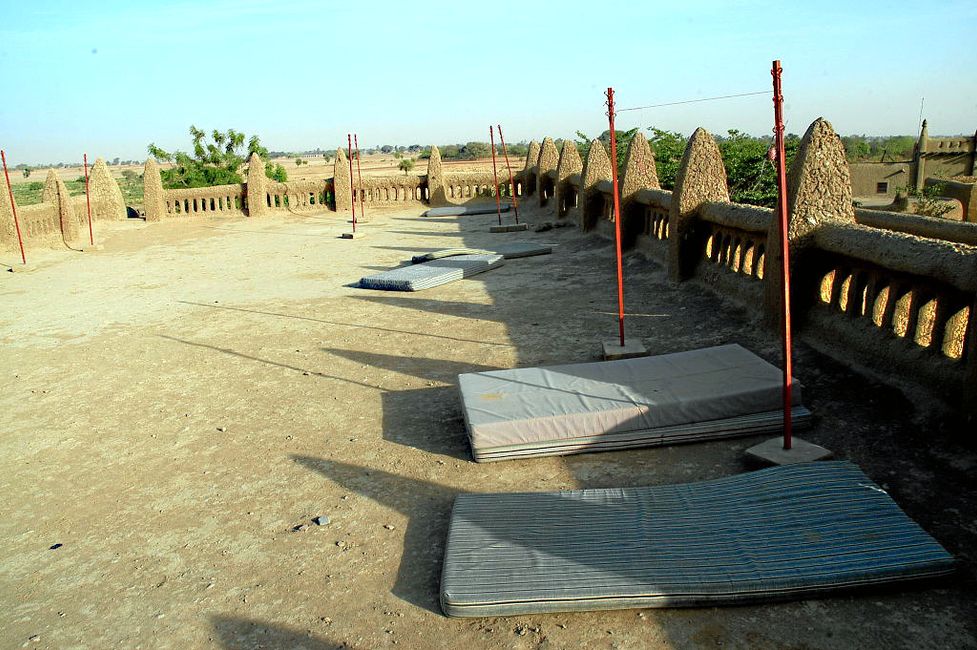
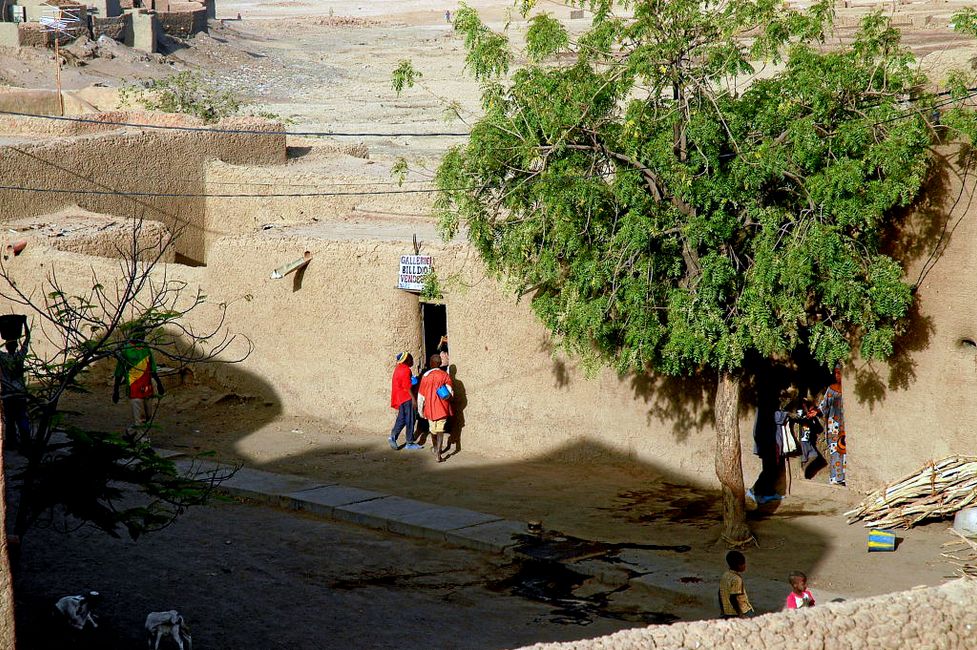
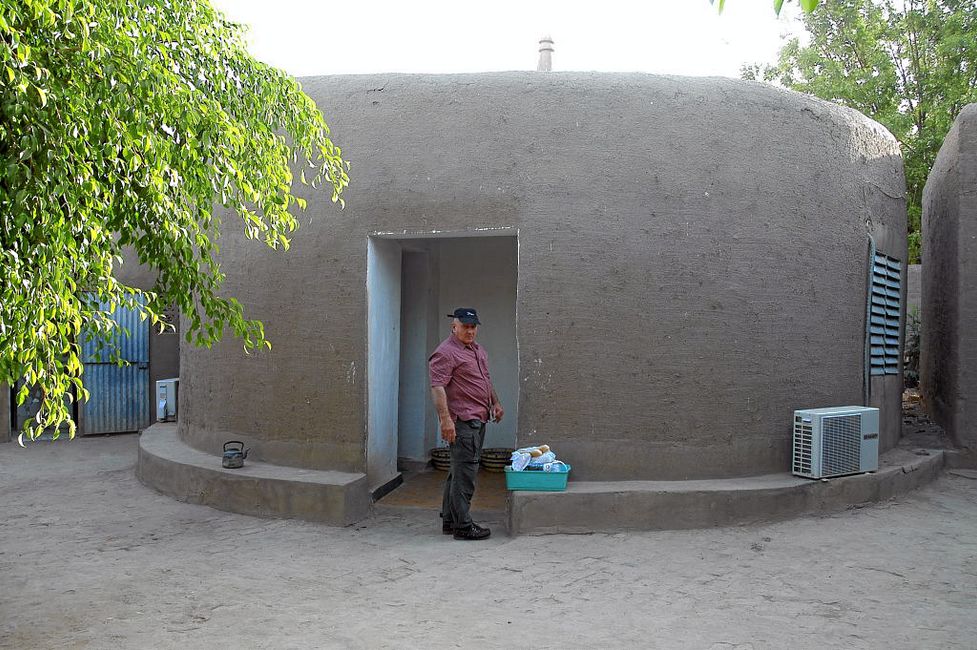
Გამოიწერეთ Newsletter
On the banks of the Niger River, in the heart of Mali, lies the ancient trading city of Djenné. The city, over a thousand years old, is famous for its market and mosque. When the Sultan of the city converted to Islam in the 13th century, he gave his palace to the faithful so they could worship Allah in it. The present mosque was built in 1909 based on the design of this palace at the exact same location. The largest and most beautiful adobe building in the Sahel region can accommodate 3000 worshippers. The night in Djenné is cruel. With temperatures reaching 40 degrees and high humidity, sleeping is nearly impossible. Pigmay, our guide who is from this region, knows his way around. I owe many good photos to him. He showed me the narrow streets of the entirely clay-built island city. He explained architectural differences, took us to a rooftop from which we could see the mosque, and gave us many small details that made his tour a true experience. He also explained to me why there are so many mattresses on the roofs of the houses. People with little or no money can sleep on the roofs. Rent a mattress or sleep on blankets. I keep discovering details, being accompanied by children, or being told how the toilets function without proper sanitation.
The mosque, which is a UNESCO World Heritage Site, cannot be entered by non-Muslims. It is also completely made of clay. Then we continue through the city, everything smells of clay, the air is dusty, and the buildings radiate an incredible warmth. In the narrow streets, one can become dizzy, smells and hustle and bustle are not exactly relaxing.
Გამოიწერეთ Newsletter
Უპასუხე
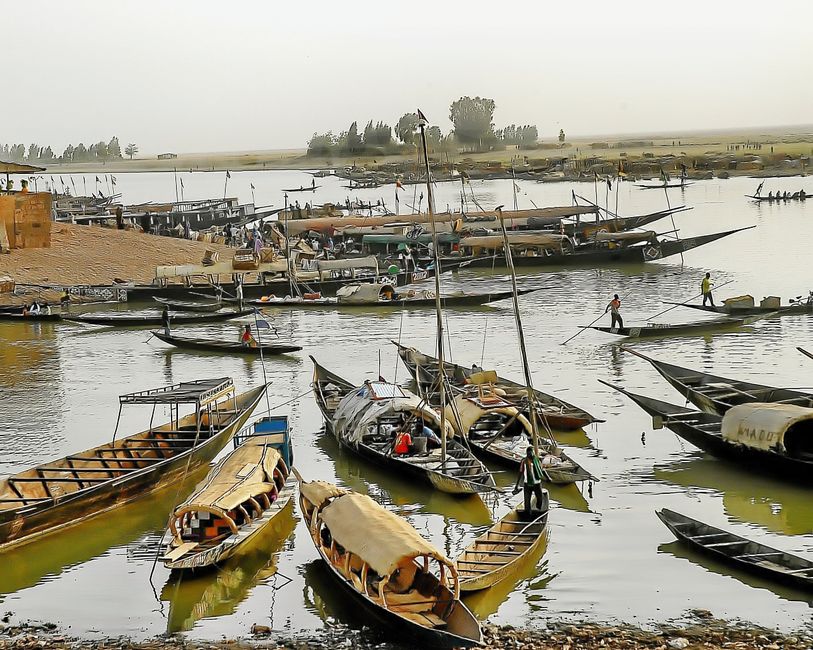
Მოგზაურობის ანგარიშები Მალი
